Everyday Hazards
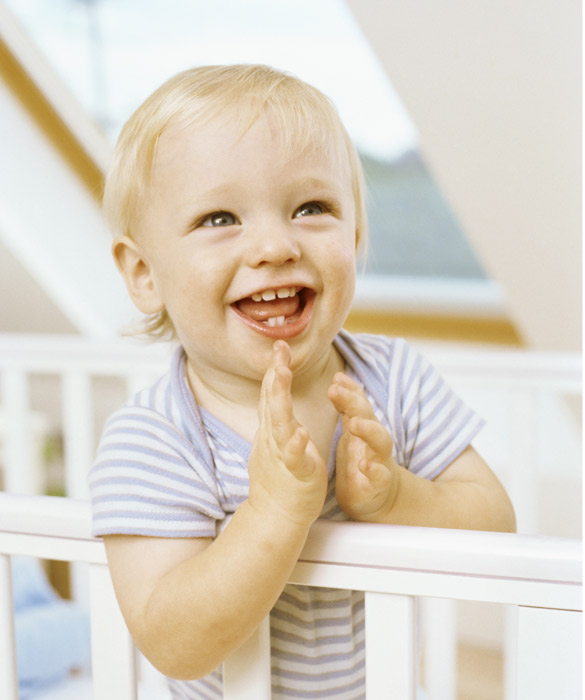
Kitchen knives out of reach? Check. Power outlets covered? Check. Binky disposed of? Huh? While most moms are alert to basic hazards for babies and toddlers, some common objects are more dangerous that you'd think. From your toddler’s favorite sippy cup to the new blinds you just picked up for the nursery, the following everyday items should be handled with care.
Sippy Cups
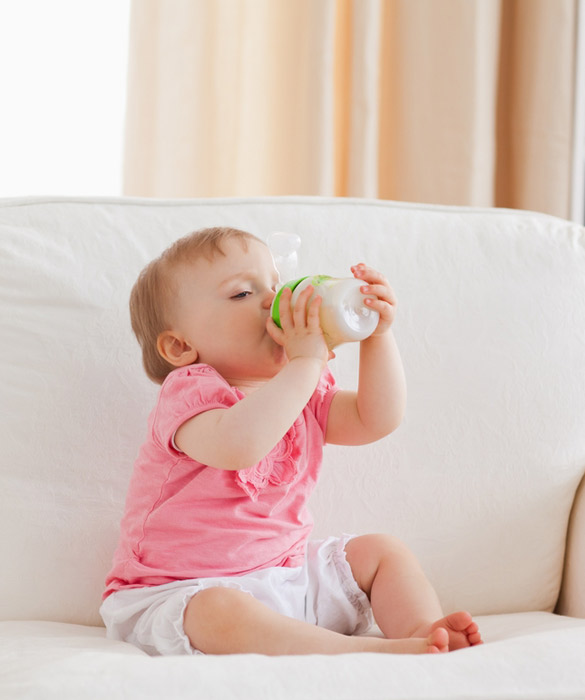
Sippy cups and bottles are used by nearly all babies and toddlers, but who knew they send thousands of children to the ER every year? According to a new study released from The American Academy of Pediatrics (AAP), sippy cups and bottles commonly cause injuries like cuts, scrapes and chipped teeth when children move around, run into objects, and trip while drinking. Make sure your little ones stay seated to prevent bumps and bruises that could send them to the hospital for scans or stitches.
RELATED: 9 Ways to Baby-proof Your Home
Pacifiers
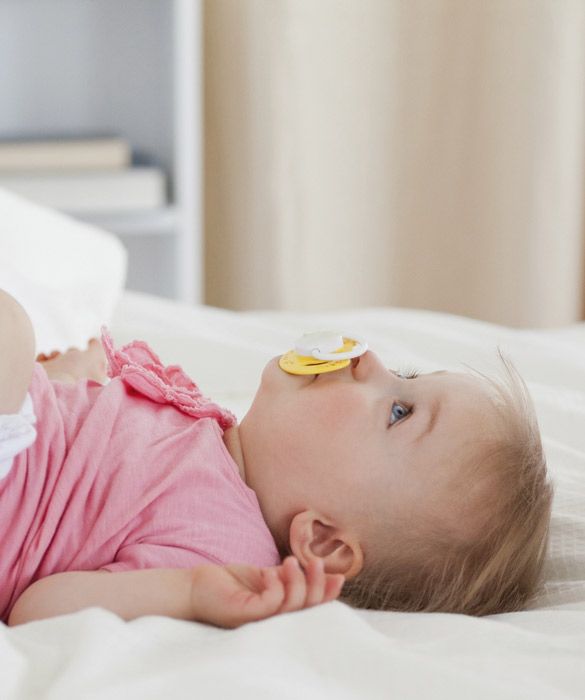
Binkies can also cause injuries, particularly to the mouth and gums when young children take a tumble or get an accidental whack to the face, according to the same Pediatrics study, conducted over a 20-year span. Binkies are great for soothing but the AAP recommends discontinuing pacifier use at around 6 months old to prevent injuries from toddling, as well as dental problems and ear infections.
Small Batteries
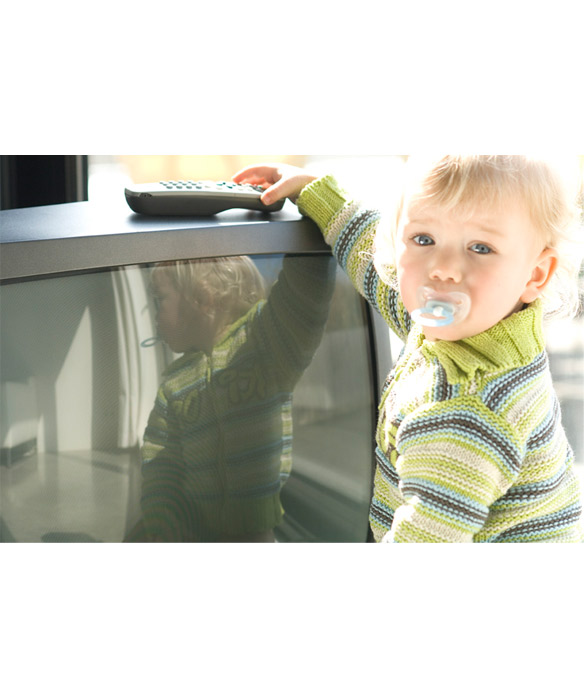
One visit every three hours. That’s how often a child makes a trip into the ER for battery-related injuries.
A new study from Nationwide Children’s Hospital in Columbus revealed that small, 3V 20mm lithium button batteries can cause serious internal damage when swallowed. In as little as two hours the battery will set up a current inside the body eventually burning a hole in the skin, and imaging specialists must make a quick call when deciding if the object they’re detecting inside a child’s body is a coin or a toxic battery before complications arise.
To be safe at home, tape anything—TV remotes, car keys, toys, etc.—securely, and keep these objects out of little hands’ reach. And if in doubt about whether or not a battery was swallowed, get to the hospital, STAT.
RELATED: 5 Facts About Kids and Sunscreen
Crib Bumpers
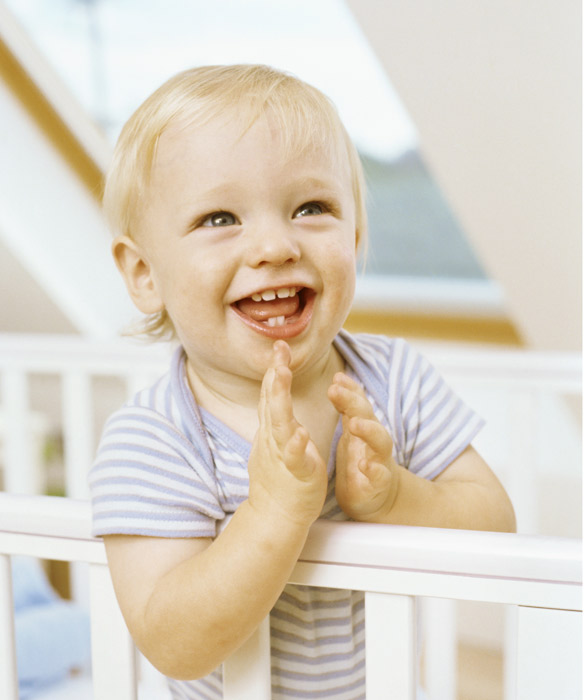
While you might be tempted to use crib bumpers to keep your baby from hurting himself on hard rails of his bedding, you should resist the urge. The AAP says there is no evidence that injuries are caused by the railings, and crib bumpers put babies at risk of suffocation and entrapment. Soft items should be kept out of your child’s sleep area, and you should always have her rest on a firm surface near you.
Blinds
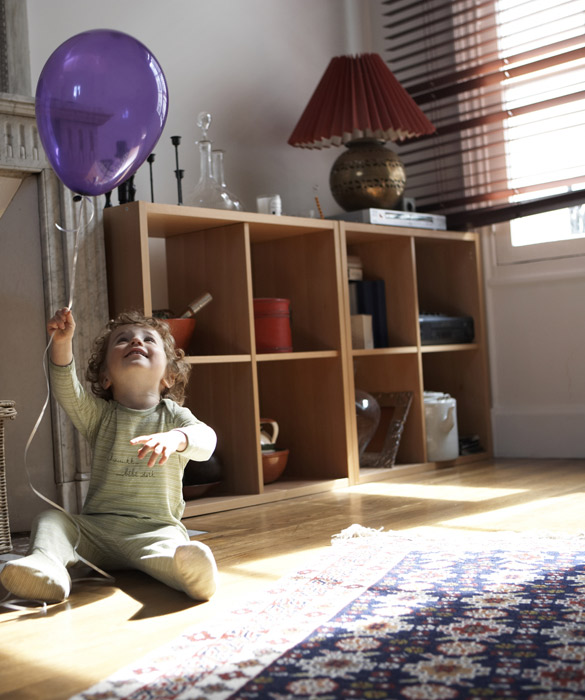
It’s one of those household necessities that you always see on the recall list: blinds. Infants and toddlers like to grab cords and play with them, and can in turn become trapped and strangled. Be careful to keep cribs and tables away from windows in your child’s play space or nursery, and purchase cordless blinds if at all possible.
RELATED: Lock up your drugs
Paint
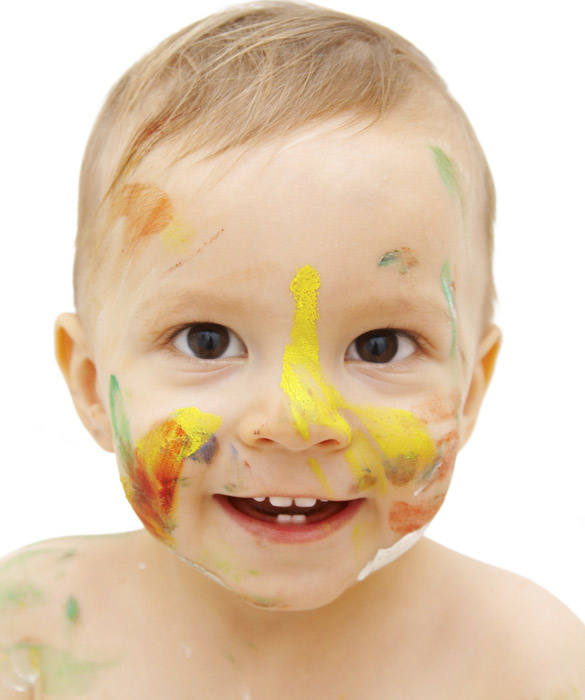
Lead poisoning is constantly in the news, it seems. How much lead is OK for children to come into contact with? As it turns out, none. A recent study by the Centers for Disease Control and Prevention confirmed what doctors have been saying all along: there is no safe level of lead in the body for children; any trace can be potent, and prevention is key for keeping kids safe.
Paint is the main household culprit for exposure, especially in homes built before 1978 and in old, paint-covered objects children can easily put in their mouths. If you’re looking to start a family, or searching for a new home, keep lead poisoning in mind. Make sure your infant is tested for exposure early, because damage is permanent and increases risks of behavioral issues like ADD, as well as potential reading problems.
Magnets
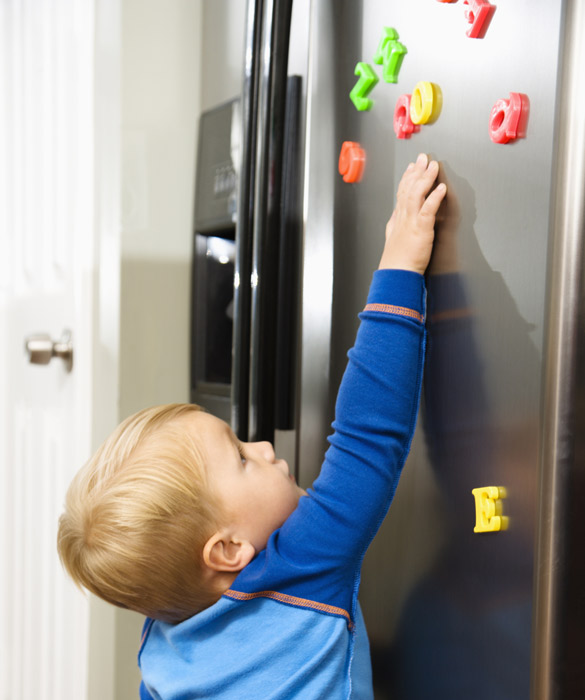
Babies love to pop little things into their mouths, and those tiny, black round magnets are discreet enough to make it easy for a child to swallow one or more. If multiple magnets enter the body, they may be powerful enough to attract each other, causing damage to internal organs and blood poisoning. That’s why the AAP suggests keeping magnetic items out of the hands of children under age 6.
Be proactive and check toys with magnets frequently, and discard any that have loose parts. Anyone and everyone can help out on this hazard. Let older children know about the dangers, and remind them that their younger siblings shouldn’t be allowed to play with any object containing small magnets.
Pet Food
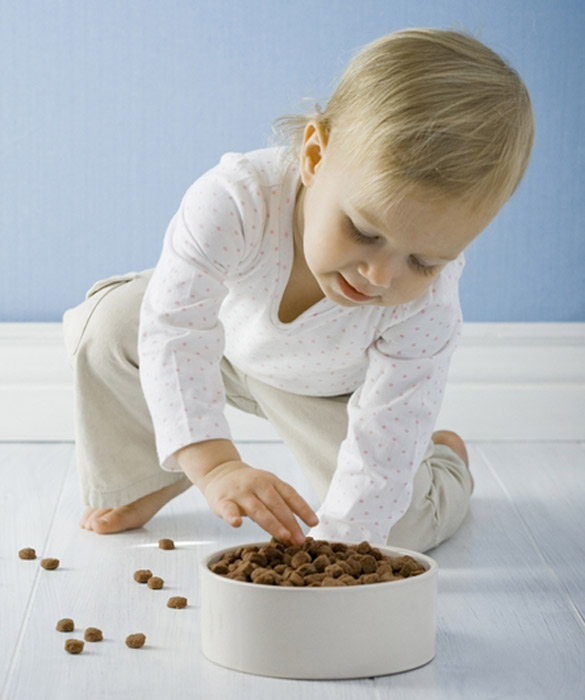
A study of human cases of salmonella conducted several years ago linked instances of the infection to dry dog and cat foods found in home kitchens, and nearly half of the cases involved children under the age of two.
While many products were recalled, another outbreak was identified a couple years later, revealing that the issue simply has not gone away. Rule of thumb? Keep kids as far away from pet food dishes as possible, and store dry dog and cat food in a safe place as well.
Baby Walkers
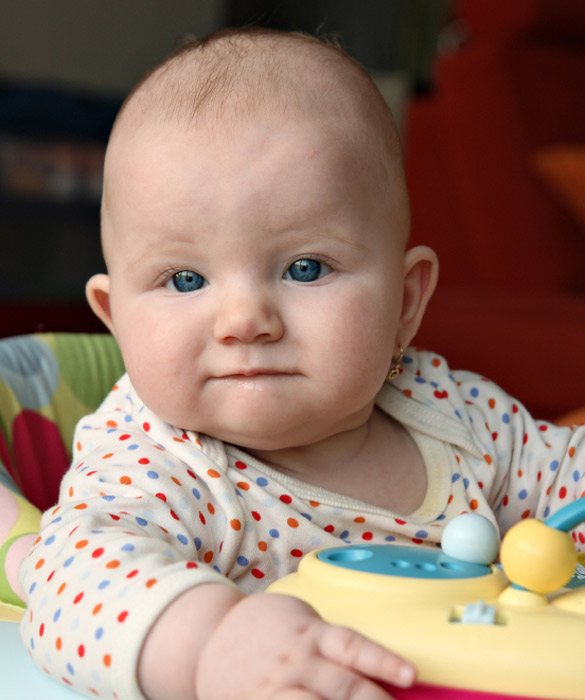
Baby walkers sound like such a good idea. Who doesn’t love a cute toy that can also help a child learn to take their first steps? However, recent research reveals that baby walkers can actually hinder children's mobile development, by making them rely on a new seat and not those new land legs. Plus, the dangers abound.
Little ones can reach higher with a walker, allowing their hands to touch stovetops and grab at medication and poisonous products on counters. They also have increased risks of falling into pools and tumbling down stairs. With such a lengthy list of hazards associated with baby walkers, you’re better off choosing stationary activity centers and playpens for your kids instead.




